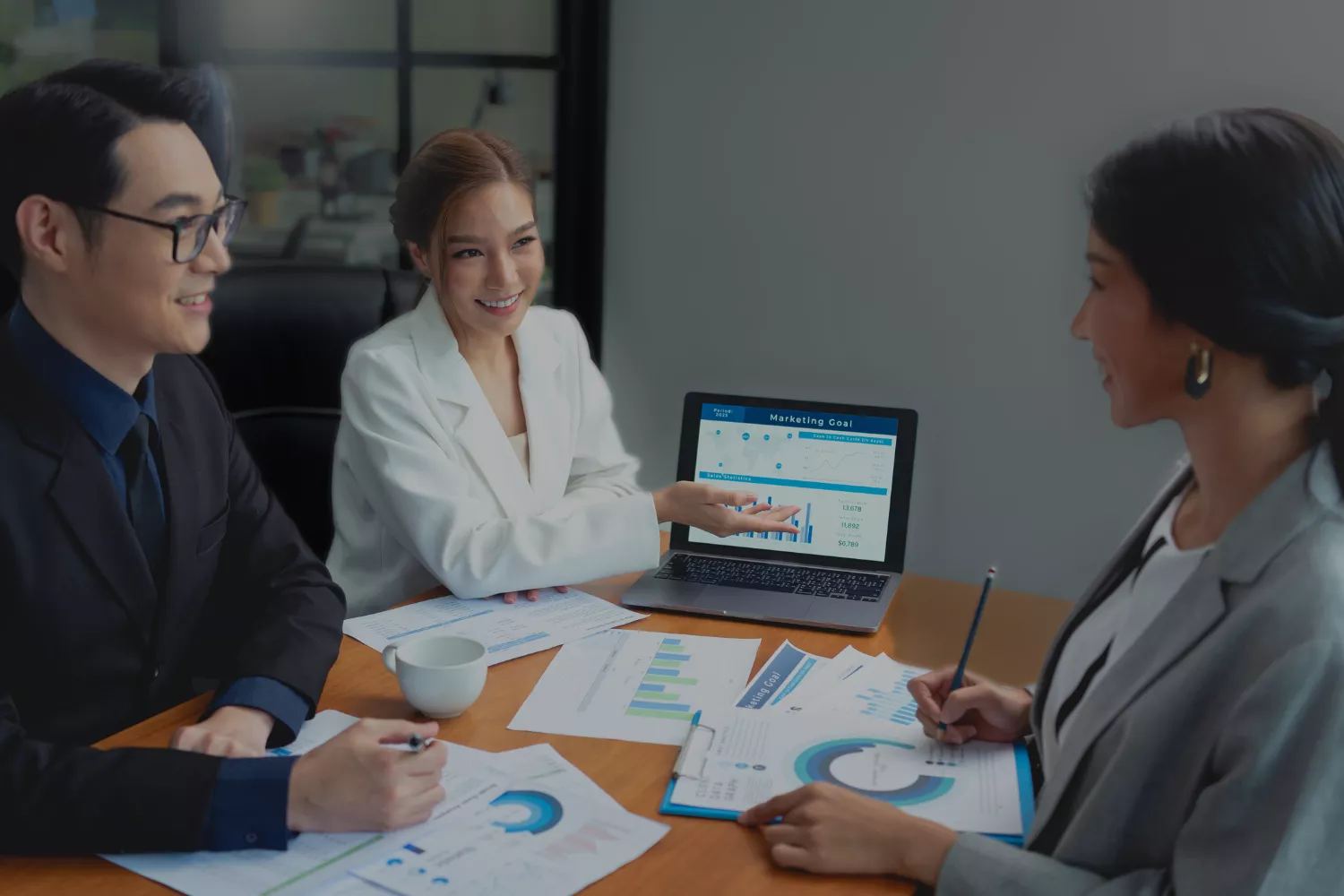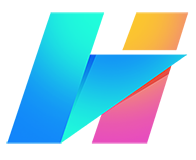Traditional Accounting
Traditional accounting refers to the use of more traditional methods to perform accounting tasks and manage financial records. This typically involves the use of paper-based record-keeping and manual calculations.
In traditional accounting, financial records are often kept in physical ledgers or spreadsheets. Transactions are recorded manually, and calculations are performed using pencil and paper or a calculator. Financial statements, such as balance sheets and income statements, are also prepared manually using this information.
Traditional accounting can be time-consuming and prone to errors, as it requires a lot of manual effort. It also lacks the flexibility and accessibility of modern accounting methods, such as cloud accounting. Despite these drawbacks, traditional accounting may be a suitable option for small businesses with simple financial needs or those that prefer a more hands-on approach to managing their finances.
Cloud Accounting
Cloud accounting refers to the use of cloud-based software to perform accounting tasks and manage financial records. This means that instead of installing accounting software on a local computer or server, the software is accessed and used through an internet browser.
Cloud accounting offers several benefits over traditional accounting methods:
- Accessibility
With cloud accounting, you can access your financial records and perform accounting tasks from any device with an internet connection. This allows you to work remotely and collaborate with your team in real time.
- Security
Cloud accounting typically has robust security measures in place to protect financial data from unauthorized access and data breaches.
- Automation
Cloud accounting often includes automation features that can help streamline accounting tasks, such as automatically categorizing transactions and generating reports.
- Cost
Cloud accounting is typically subscription-based, with users paying a monthly or annual fee to access the software. This can be more cost-effective in the long run compared to traditional accounting methods, which may require a one-time purchase of software or the hiring of an in-house accountant.
Cloud accounting is suitable for businesses of all sizes and industries. It can be particularly useful for small businesses, as it can help reduce the time and effort required to manage financial records and provide real-time visibility into financial performance.
Differences Between Cloud Accounting and Traditional Accounting
There are several differences between cloud accounting and traditional accounting:
- Accessibility
With cloud accounting, you can access your financial records and perform accounting tasks from any device with an internet connection. This allows you to work remotely and collaborate with your team in real time. On the other hand, traditional accounting requires you to be physically present to access your financial records. This can be a limitation if you need to access your financial records while you are on the go or working remotely.
- Collaboration
With cloud accounting, multiple users can access and collaborate on financial records in real time. This is because the financial records are stored in the cloud and can be accessed from any device with an internet connection. This makes it easy for team members to work together on financial tasks, such as reconciling accounts, preparing reports, and entering transactions. In contrast, traditional accounting requires manual coordination to share and update financial records. This can be time-consuming and prone to errors, as it requires team members to physically pass paper-based records back and forth or email updates to each other.
- Security
Cloud accounting typically has robust security measures in place to protect financial data from unauthorized access and data breaches. These measures can include encryption, secure data centers, and authentication protocols. In contrast, traditional accounting relies on physical security measures to protect financial records. This includes storing paper-based records in locked cabinets or safes and protecting computer-based records with passwords and other security measures. However, physical security measures can be vulnerable to accidents, such as fires or floods, or to intentional acts, such as theft or sabotage. In addition, traditional accounting is more prone to errors and fraud, as it relies on manual record keeping and calculations.
- Automation
Cloud accounting often includes automation features that can help streamline accounting tasks, such as automatically categorizing transactions and generating reports. Traditional accounting requires manual effort to perform these tasks.
- Cost
Cloud accounting is typically subscription-based, with users paying a monthly or annual fee to access the software. Traditional accounting may require a one-time purchase of software or the hiring of an in-house accountant, which can be more expensive in the long run.










